What is Kyumusashi? A journey to experience the simple charm of Japan

"Kyumusashi" is an old townhouse located in the Unomachi area (an important traditional buildings preservation district). In this house, you can experience the life of old Japan in real life! You will feel like you have traveled back in time.
-
Table of Contents
- 1. What is "Kyumusashi"?
- 2. Highly recommended!! Experience cooking delicious rice in a traditional Japanese stove (the luxury of eating the staple food of Japan, rice)
- 3. You can also experience life in Japan, both now and in the past.
- 4. Various events. Monthly and seasonal.
- 5. Introduction of exhibits. Various old tools.
- 6. Basic information about "Kyumusashi"
- 7. To make your experience even more enjoyable...(^^♪ Nearby information
1. What is "Kyumusashi"?
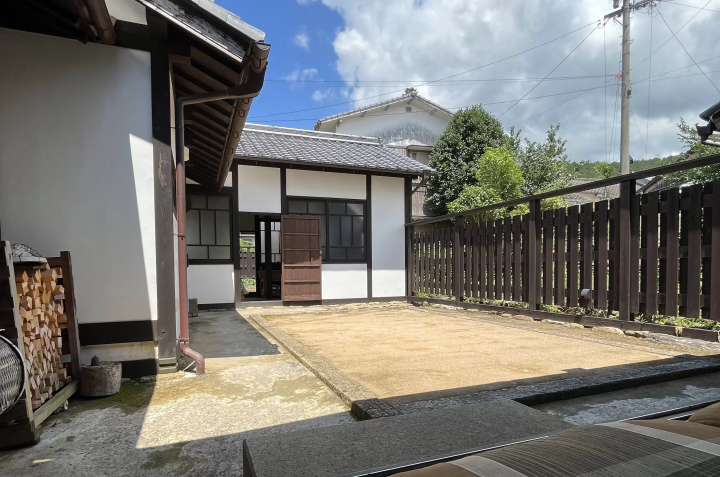
This is an old townhouse located in the townscape of Unomachi (designated as an Important Preservation District for Groups of Traditional Buildings).
It is called "Kyumusashi" as a remnant of the shop name "Musashi(ya)" that was used during the Meiji period.
Currently, it is used as a facility where you can experience life in the past, and is loved by many fans.
2. Highly recommended!! Experience cooking delicious rice in a traditional Japanese stove (the luxury of eating the staple food of Japan, rice)
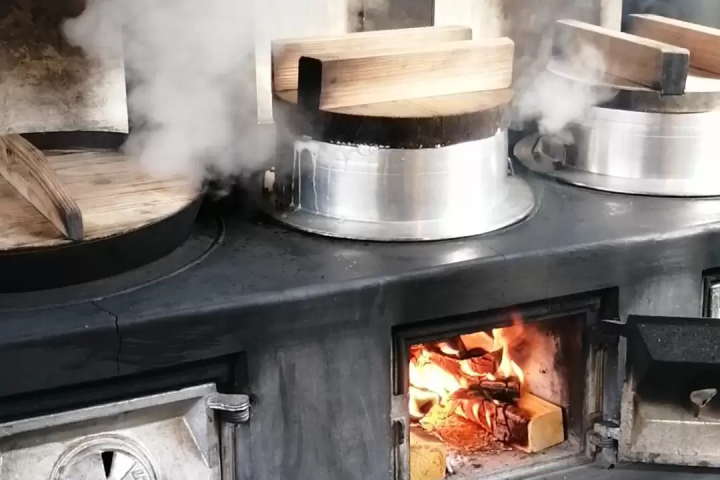
From chopping firewood and cooking in the hearth to cleaning up using rice water instead of detergent, the "Stove Cooking Experience" allows you to experience the old-fashioned lifestyle unique to the rice-growing Uwa Basin.
The appeal of cooking rice in a kamado is that it uses firewood and cooks over an open flame, so the heat is strong and the rice tastes delicious!
The experience fee is 500 yen per person, which is also attractive.
3. You can also experience life in Japan, both now and in the past.
Doing laundry using a well and a washboard
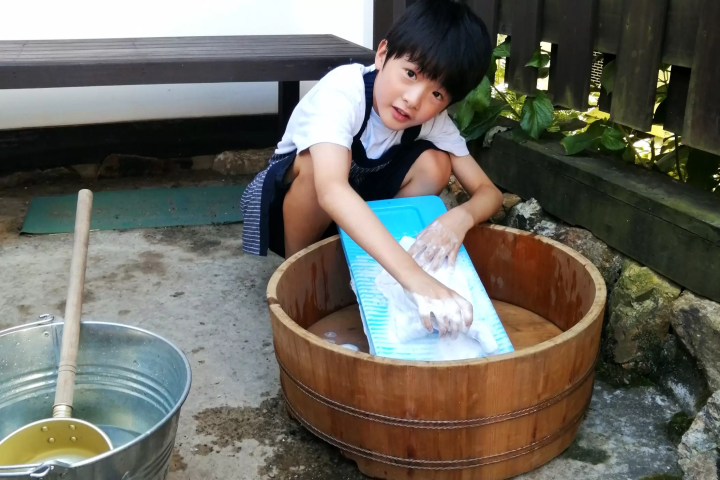
Carrying a baby on your back
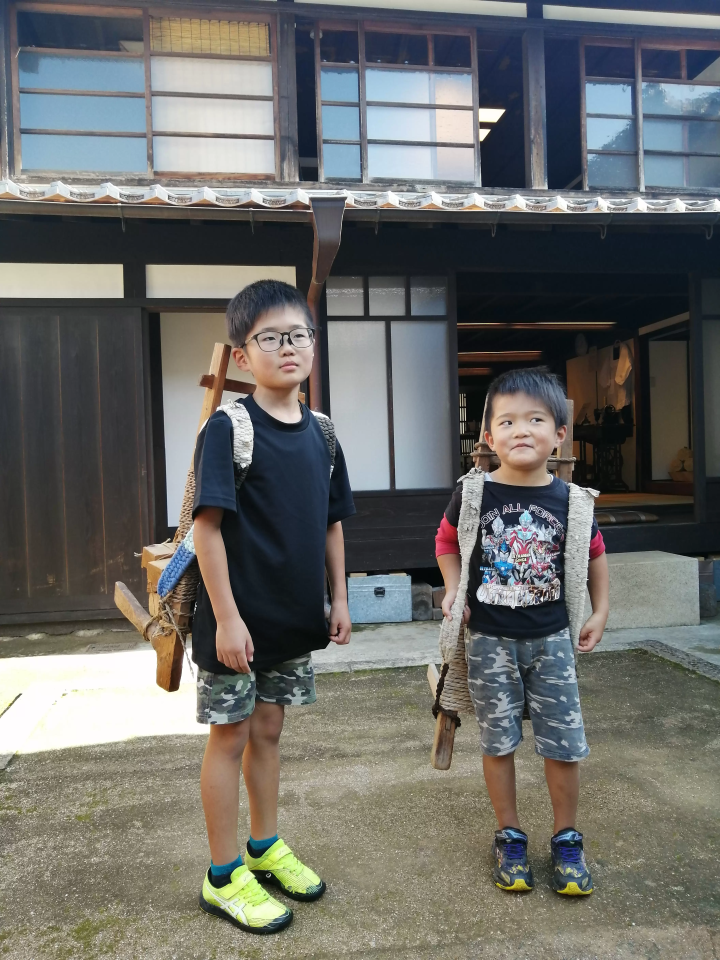
Traditional firewood chopping experience
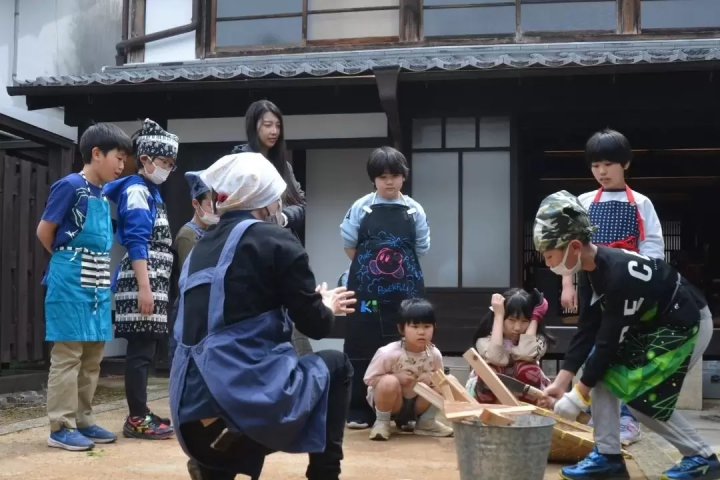
4. Various events. Monthly and seasonal.
The first Sunday of every month is "Furatto Kamado Day"
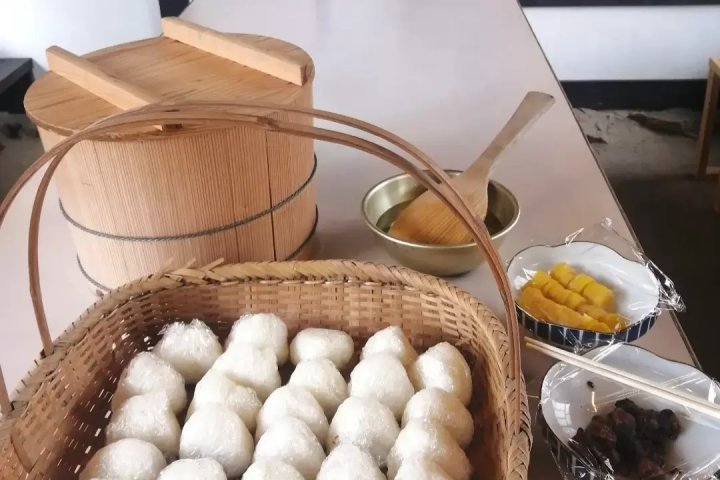
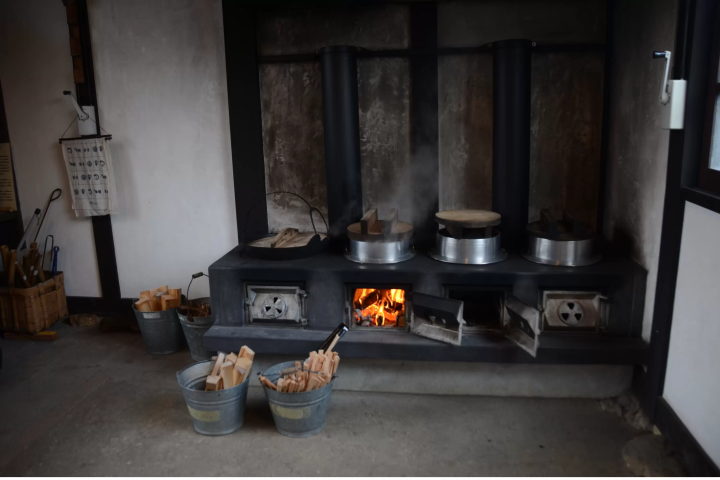
The first Sunday of every month is "Furatto Kamado Day" and we provide free rice balls cooked in a kamado as a welcome gift.
*Depending on the month, the contents may change to different foods.
May Golden Week
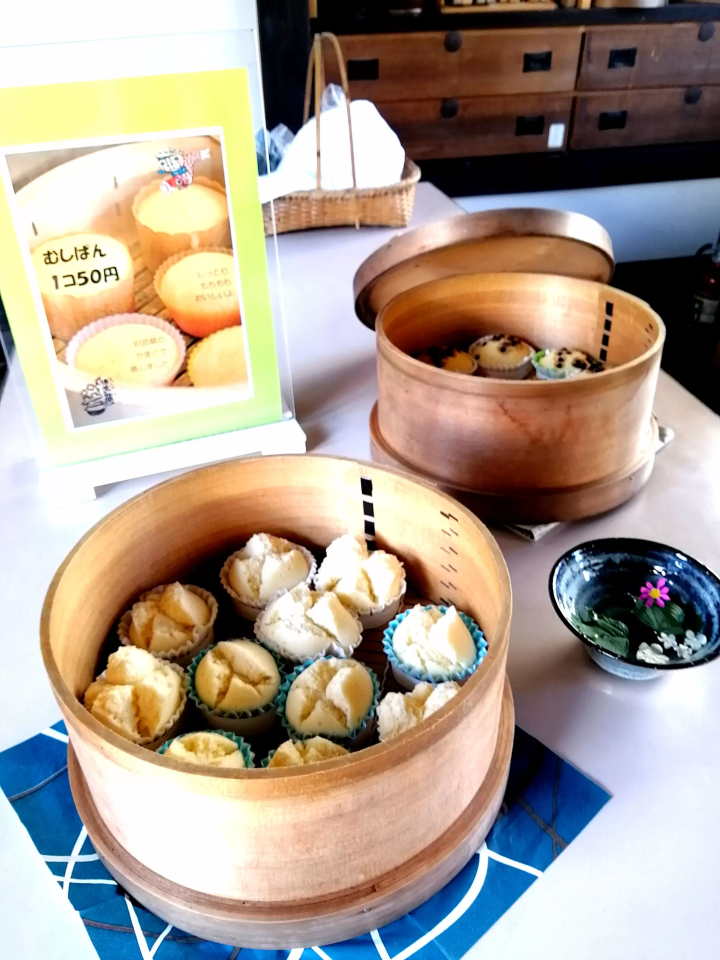
During Golden Week, a longer holiday that includes Children's Day, we will be offering snacks made with a kamado that children will love.
August: Kyumusashi Summer Festival
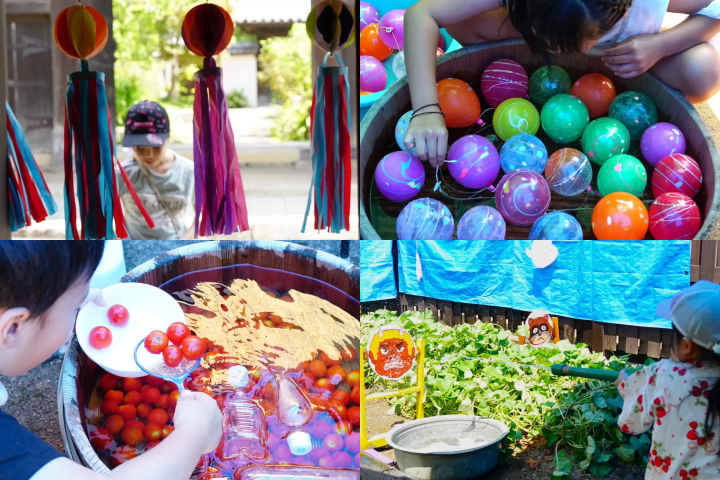
The summer festival, held in August, is a day for people to relax and enjoy old-fashioned summer festival foods and games.
Parents and children, or friends can enjoy themselves in a relaxed and affordable atmosphere.
September: Moon viewing party
The moon viewing party held in September is a gathering to admire the beautiful full moon.
Moon viewing dumplings will be on sale, and musicians will hold mini concerts to match the moonlit night.
November: Rice cake making
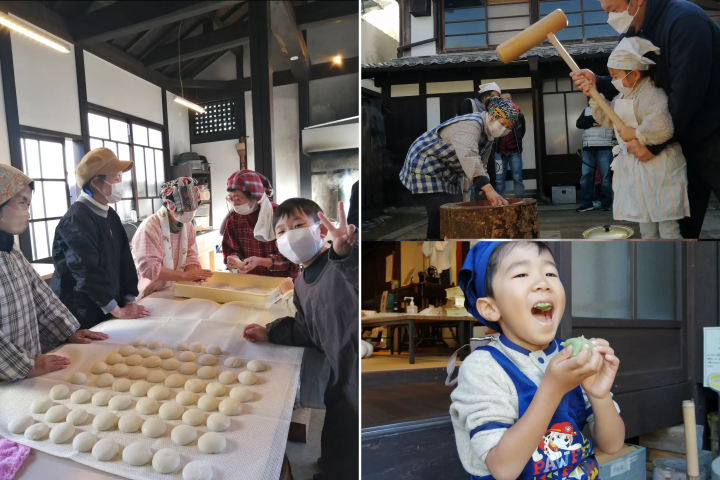
The rice cake pounding event will be held in November, ahead of the New Year, and will be held earlier than anywhere else!
The glutinous rice steamed in the hearth is pounded to the sound of shouts.
Freshly pounded rice cakes are delicious 😊
December: Making New Year's decorations
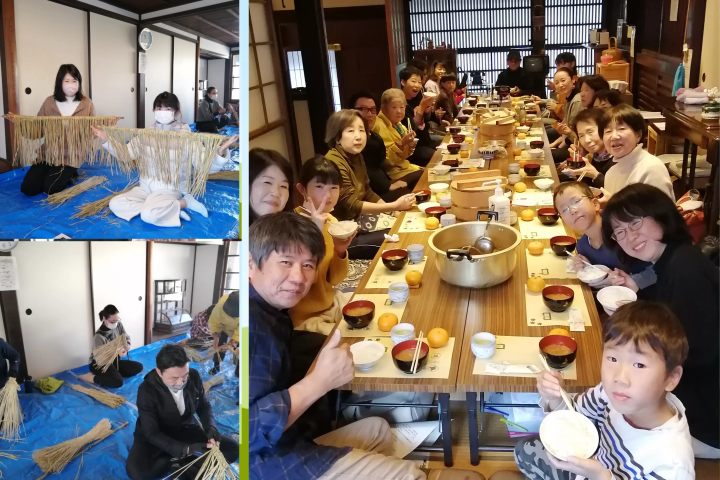
The New Year decoration making class, held in December, involves participants making their own New Year's entrance decorations under the guidance of an instructor.
After the work was finished, all the participants enjoyed a meal together over the stove.
5. Introduction of exhibits. Various old tools.
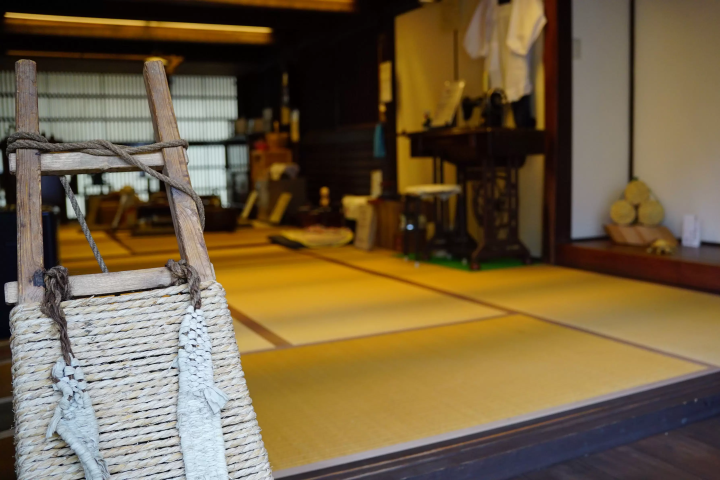
You are free to open, carry, and touch the items on display in the main building of the Kyumusashi.
This is a once in a lifetime opportunity.
Please try to experience it as something close to you.
Hinoshi Charcoal Iron
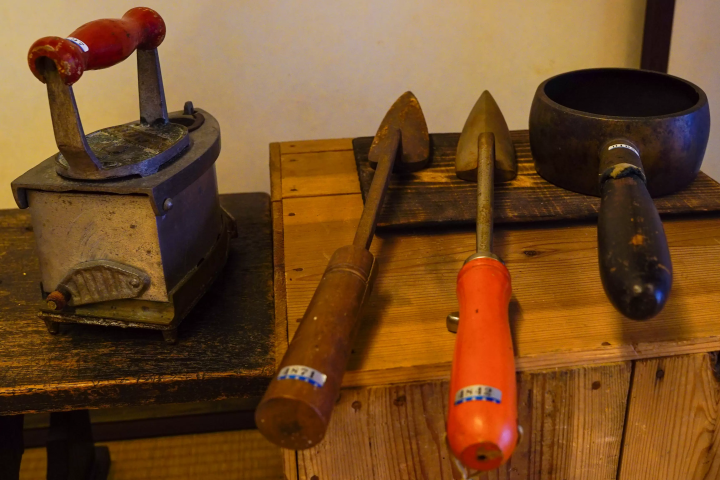
A hinoshi is a tool that has a round part where burning charcoal is placed and the heat is used to remove wrinkles from cloth.
A charcoal iron is a tool that you open the lid, put in burning charcoal, and use the heat to remove wrinkles from fabric.
It has a chimney to let out smoke and gas.
Work apron
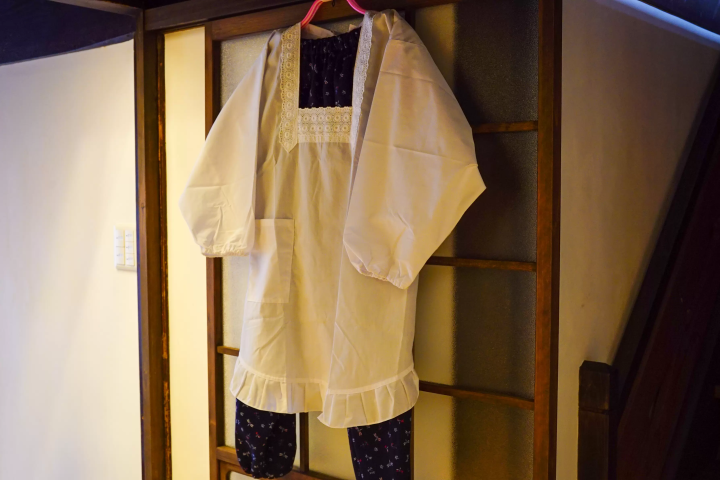
Kappogi is a garment worn to prevent a kimono from getting dirty when doing housework.
It is said to have been invented at a cooking school during the Meiji period.
Hakozen (box meal)
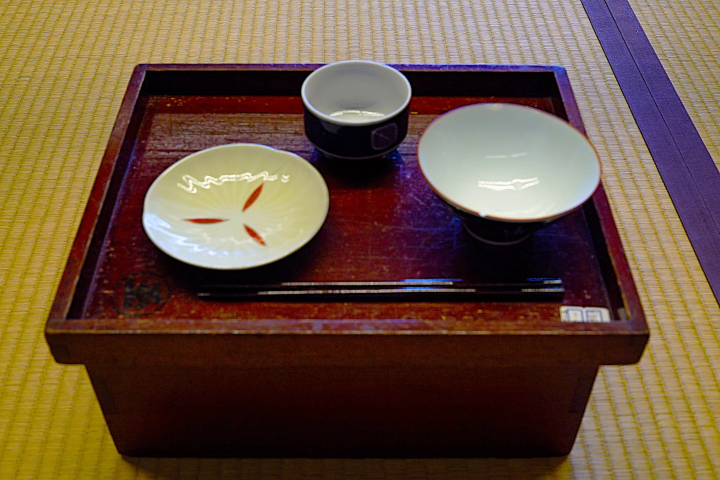
A box-shaped meal tray contains one person's worth of tableware.
You turn the lid of the box upside down, place your dishes on it and eat.
When you've finished eating, clean the dishes with tea or something and put them away in the box.
Each member of the family had their own box lunch box.
Low table
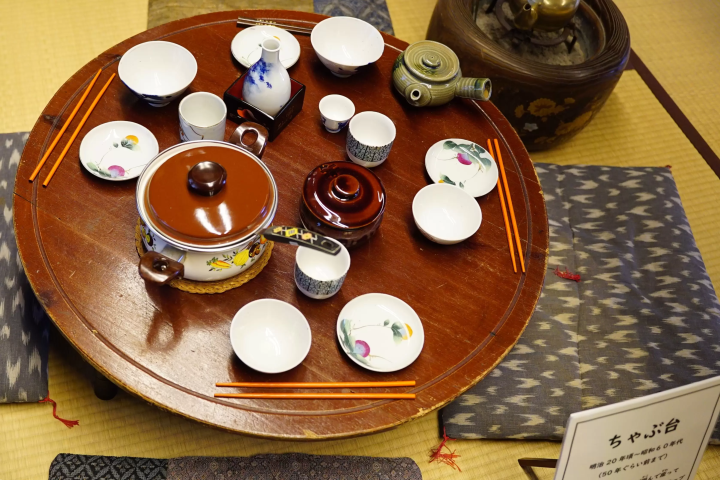
A chabudai is a four-legged low table used in Japan for dining.
We all eat together around one dining table.
Also, the round shape of the chabudai table means you can sit wherever you like.
The legs can be folded up, making it a highly functional piece of furniture that can be easily stored when not in use.
Ice refrigerator
An ice refrigerator is a refrigerator that uses the coldness of ice to cool the inside.
New ice had to be added every day.
The inside is lined with tin and other metal plates, with insulation in between, making it difficult for cold air to escape.
Izumi
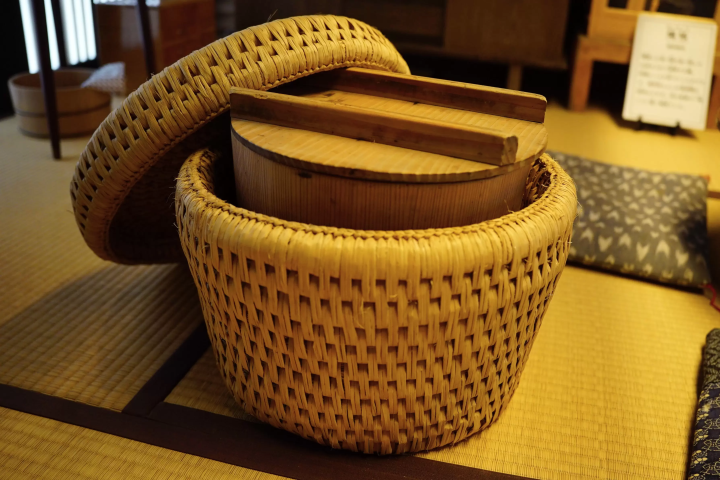
An Izumi is a container used to keep rice warm in an ohitsu (rice container) during the cold winter months.
It is made from rice straw.
Fly screen
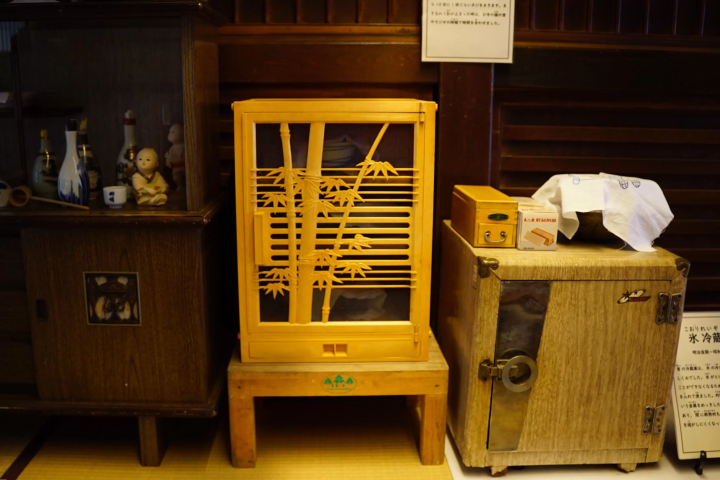
A fly screen is a piece of furniture used to store cooked food and plates of leftover food.
This shelf prevents flies from getting close to the food and also provides good ventilation.
However, it was not suitable for long-term storage and was only used for overnight storage.
6. Basic information about "Kyumusashi"
Hotels near Old Musashi
Address: 229 Unomachi 3-chome, Uwa-cho, Seiyo-shi, Ehime Prefecture Prefecture Contact: 0894-62-6700 (Uwa Sentetsu Memorial Museum)
access
5 minutes by car from Seiyo-Uwa Interchange on the Matsuyama Expressway
8 minutes walk from Unomachi Station on the JR Yosan Line
7. To make your experience even more enjoyable...(^^♪ Nearby information
We will introduce some recommended spots in the town!!
Hotels near Uwa Sentetsu Memorial Museum
Hotels near Uwa Rice Museum
We especially recommend the "Straw Mammoth."
The Straw Mammoth Art, located a 3-minute walk from Iyoishijo Station, is the symbol of the town.
The Straw Mammoth was created in 2011 as a joint project between Musashino Art University in Tokyo and local volunteers to liven up the Renge Festival.
In spring, you can see the lotus flowers of the city. In summer, you can see the green rice fields with growing rice. In autumn, you can see the rice fields after the rice has been harvested. In winter, you can see the straw groves lit up. You can see the straw mammoths in every season.
Every year on April 29th, the park is bustling with visitors during the Renge Festival, and now you can enjoy taking commemorative photos however you like, whether you approach Uwa Town and take photos looking up at the view, or take photos from afar with the fields and mountains in the background.
There's no admission fee! It's just a rice field.
We create tourist brochures for the city, develop destination travel products, and carry out promotional activities. Fun, exciting things, and relaxing time. We work hard every day to promote the time that can only be experienced here at Seiyo, while also spreading the word about the products that this town is proud of. We hope that the wonderful things in this town will lead to richer times for everyone.
The contents on this page may partially contain automatic translation.




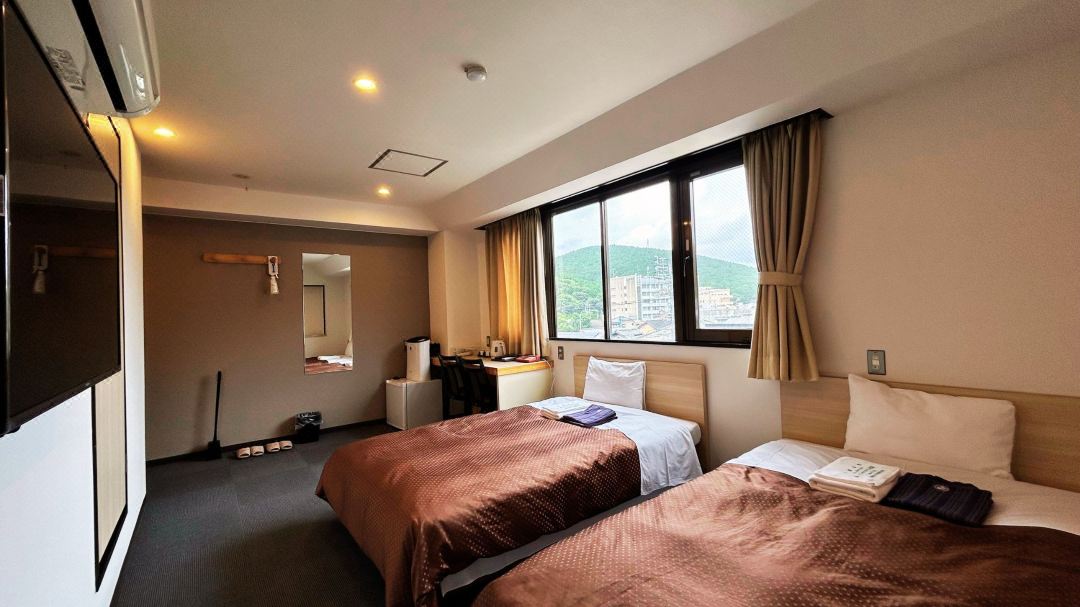





















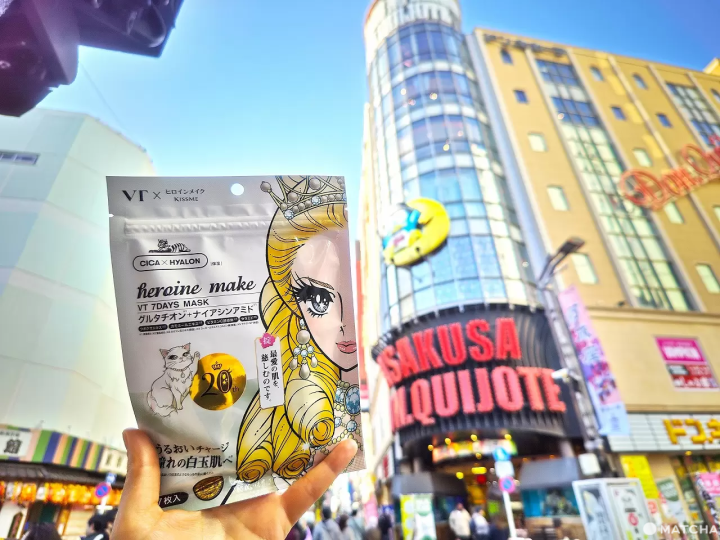
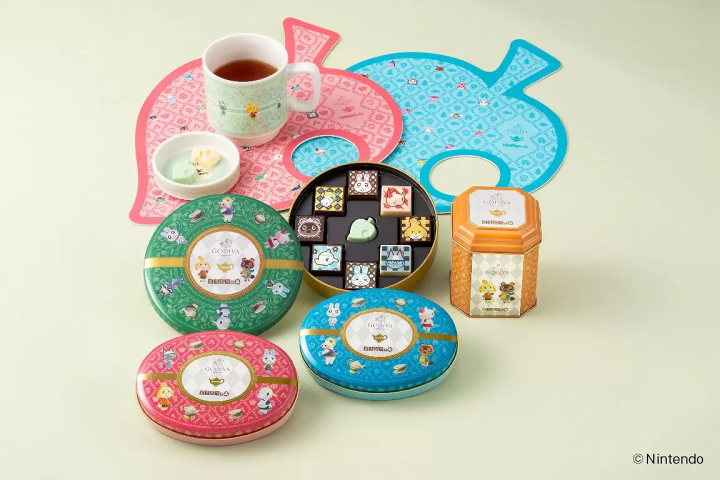
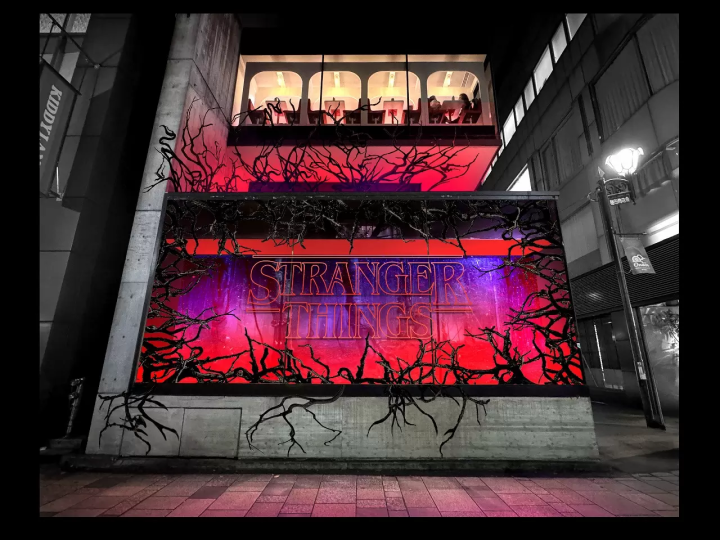
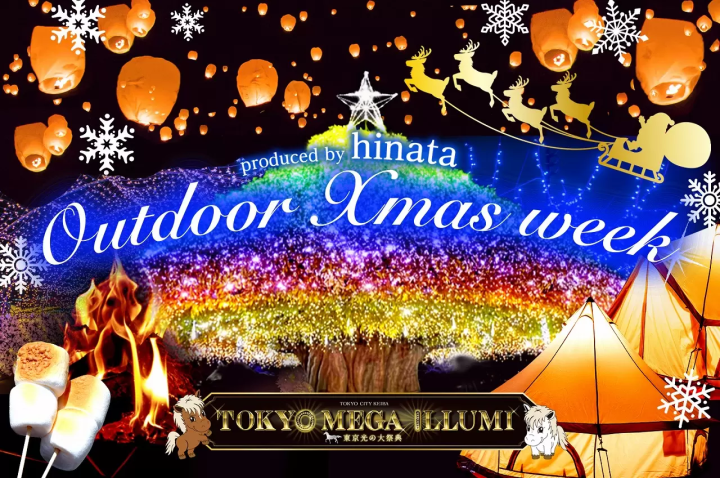
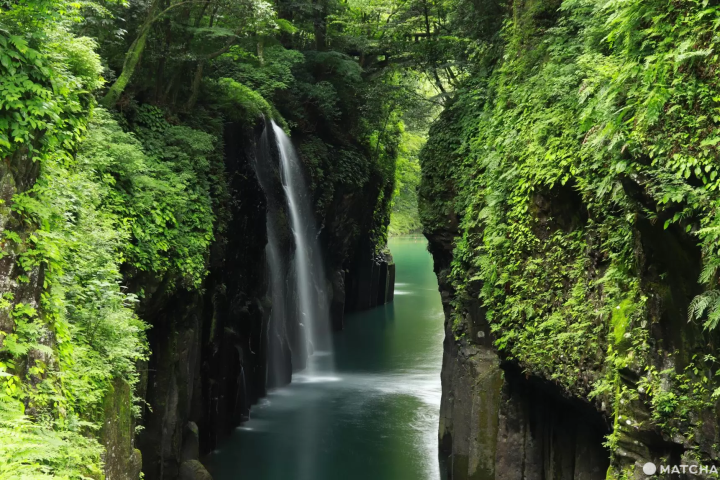






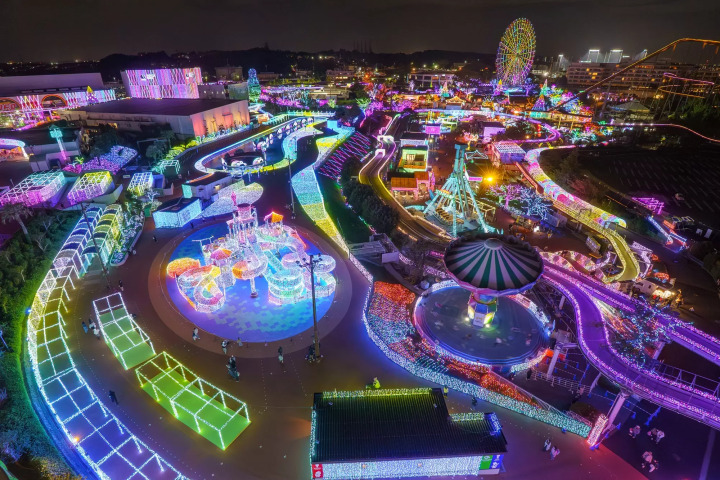
![[Coupon Available] Recommended Fall/Winter Wear from Scandinavian Brand "Helly Hansen"](https://resources.matcha-jp.com/resize/720x2000/2025/12/15-252920.webp)
![Deep dive into Japanese brands! A tour of famous leather shoe stores with GENSEI & Nin [Otsuka Shoes Edition]](https://resources.matcha-jp.com/resize/720x2000/2025/12/15-252972.webp)